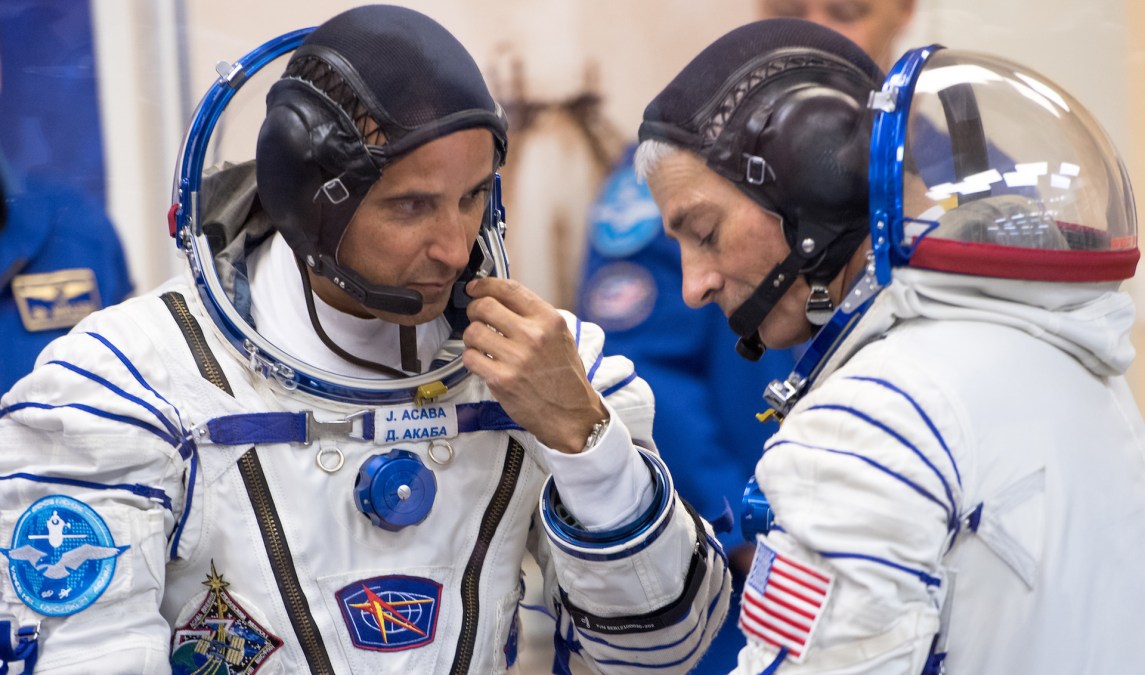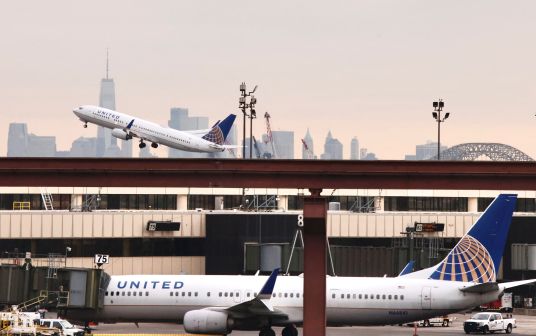These projects are NASA’s newest bets on what future space exploration will look like

In the future, astronauts exploring new planets won’t have to wear the required portable life support system in their spacesuits — an accompanying robot will, literally, take this load.
At least, this might happen in the future. NASA for one doesn’t think it ridiculous — the space agency has decided to fund the early development of the “BioBot” through its latest round of NASA Innovative Advanced Concepts Phase I grants.
NASA announced 2018’s 25 Phase I winners and nine Phase II winners in a blog post last week. Awarded projects include “robotic flapping wing flyers of a bumblebee size with cicada sized wings” for better exploration of Mars, a balloon platform with six “legs” for locomotion over difficult terrain and so much more.
“The 2018 Phase I competition was especially fierce, with over 230 proposals and only 25 winners,” Jason Derleth, NIAC program executive, said in a statement. “I can’t wait to see what the new NIAC Fellows can do for NASA!”
Phase I winners will receive approximately $125,000 over nine months for initial validation of their concepts. The teams come from universities, private companies and NASA’s own labs. Phase II awardees are those who, during Phase I, were able to prove that their concept has promise. These ideas “have the best possibility of changing the possible,” Derleth said. At this stage the teams receive “as much as” $500,000 over two years.
NASA chooses projects to fund through a peer-review process, but that doesn’t mean a deliverable is anywhere on the horizon yet. Most projects funded by NASA’s Space Technology Mission Directorate through NIAC will require “10 or more years of concept maturation and technology development before use on a NASA mission.”
If the BioBot concept shows early promise, the team behind it will be able to apply for a Phase II grant at the end of this year. Keep your eyes peeled.






